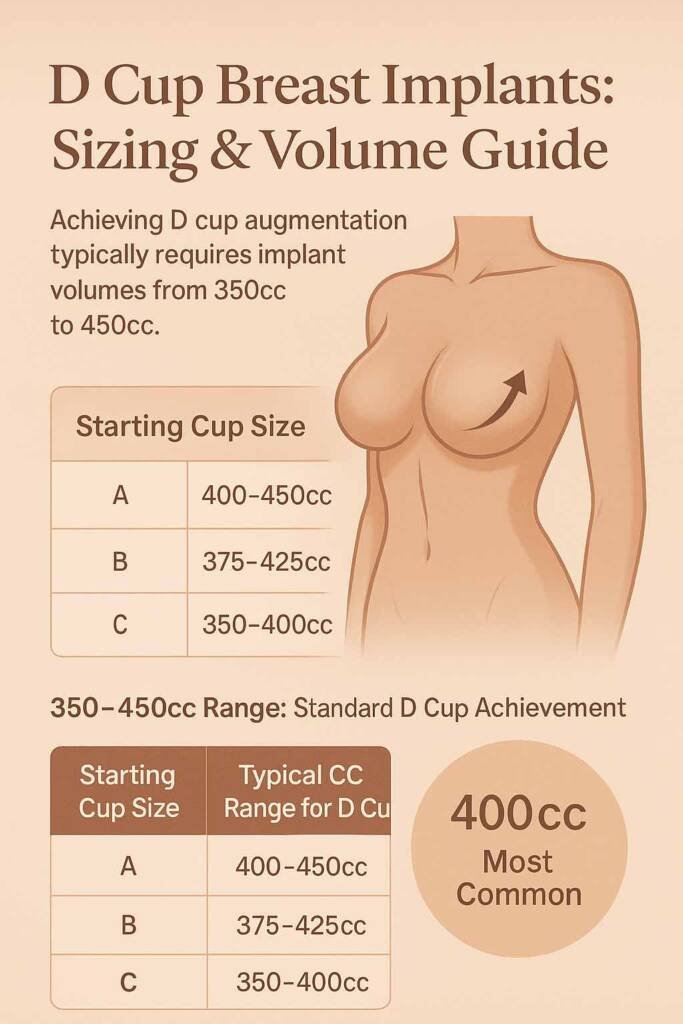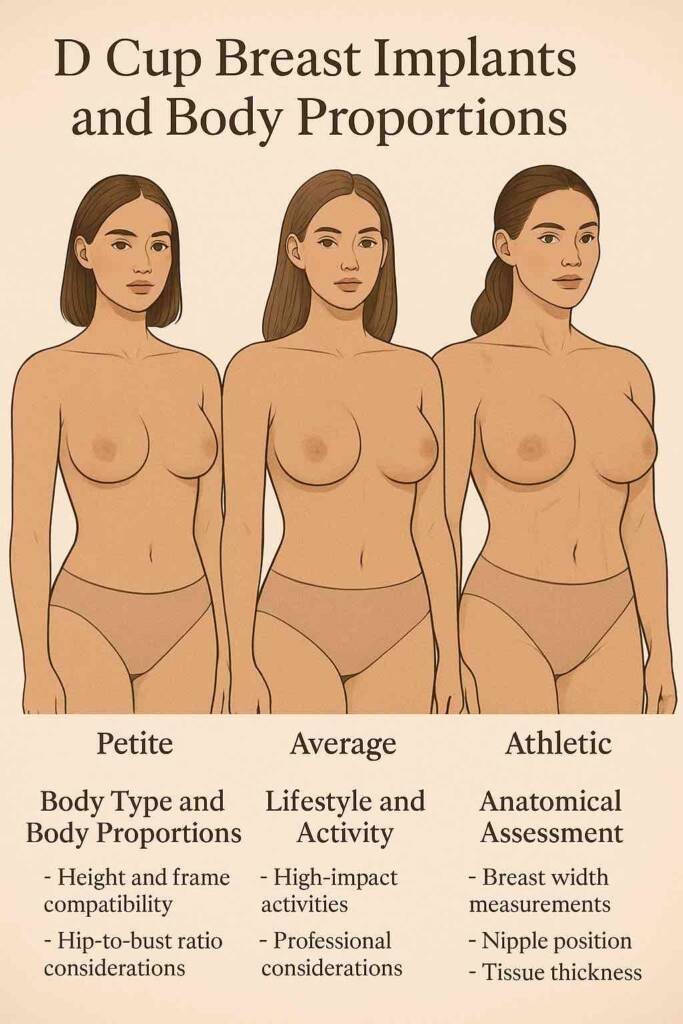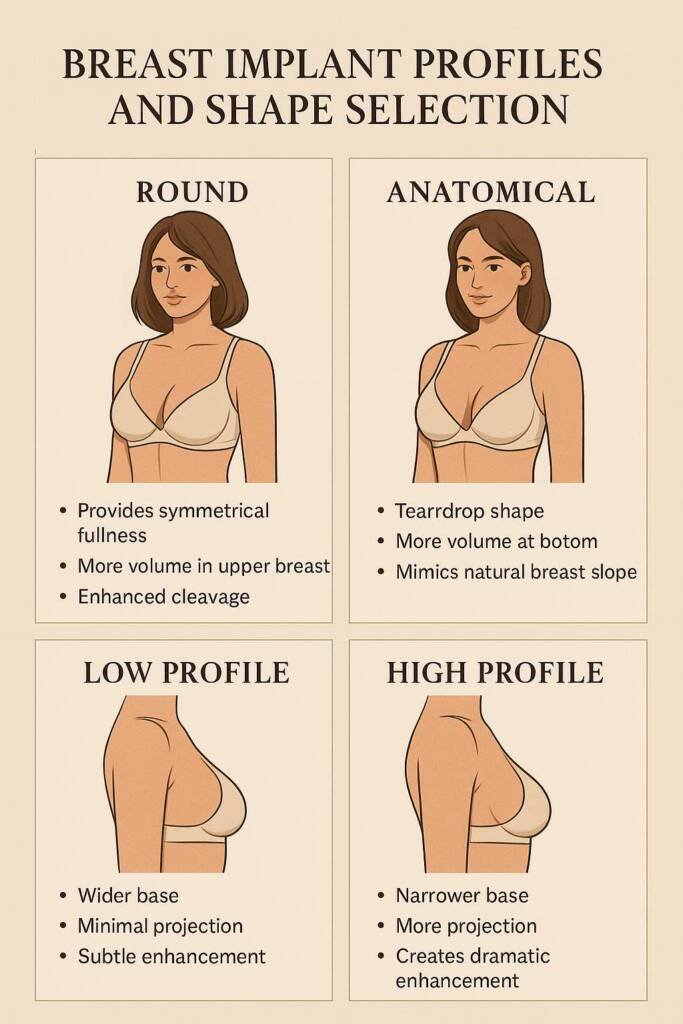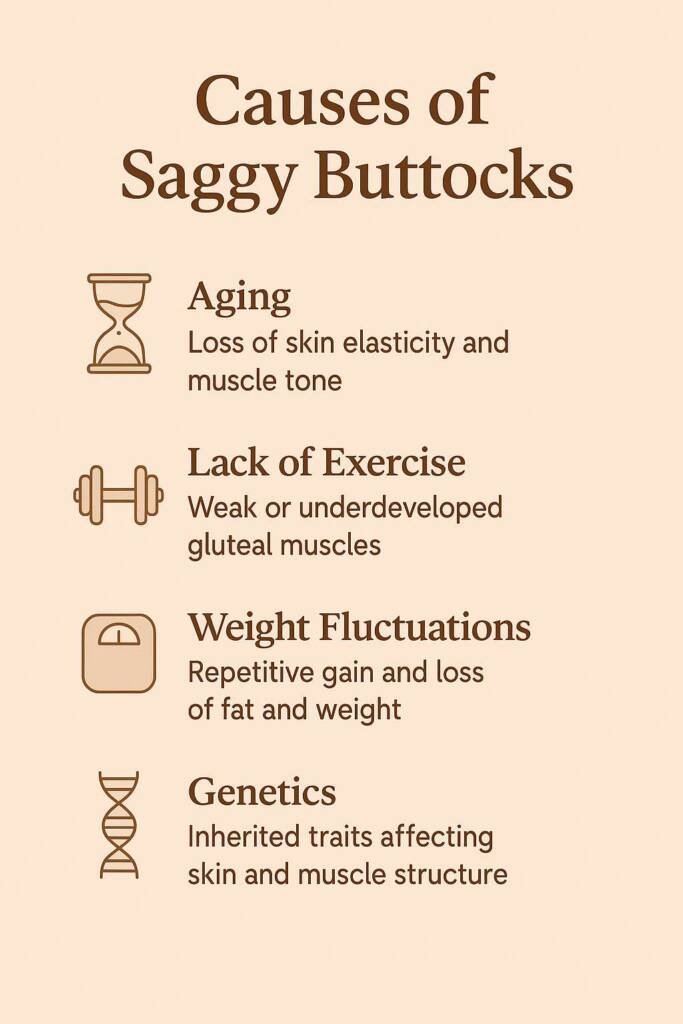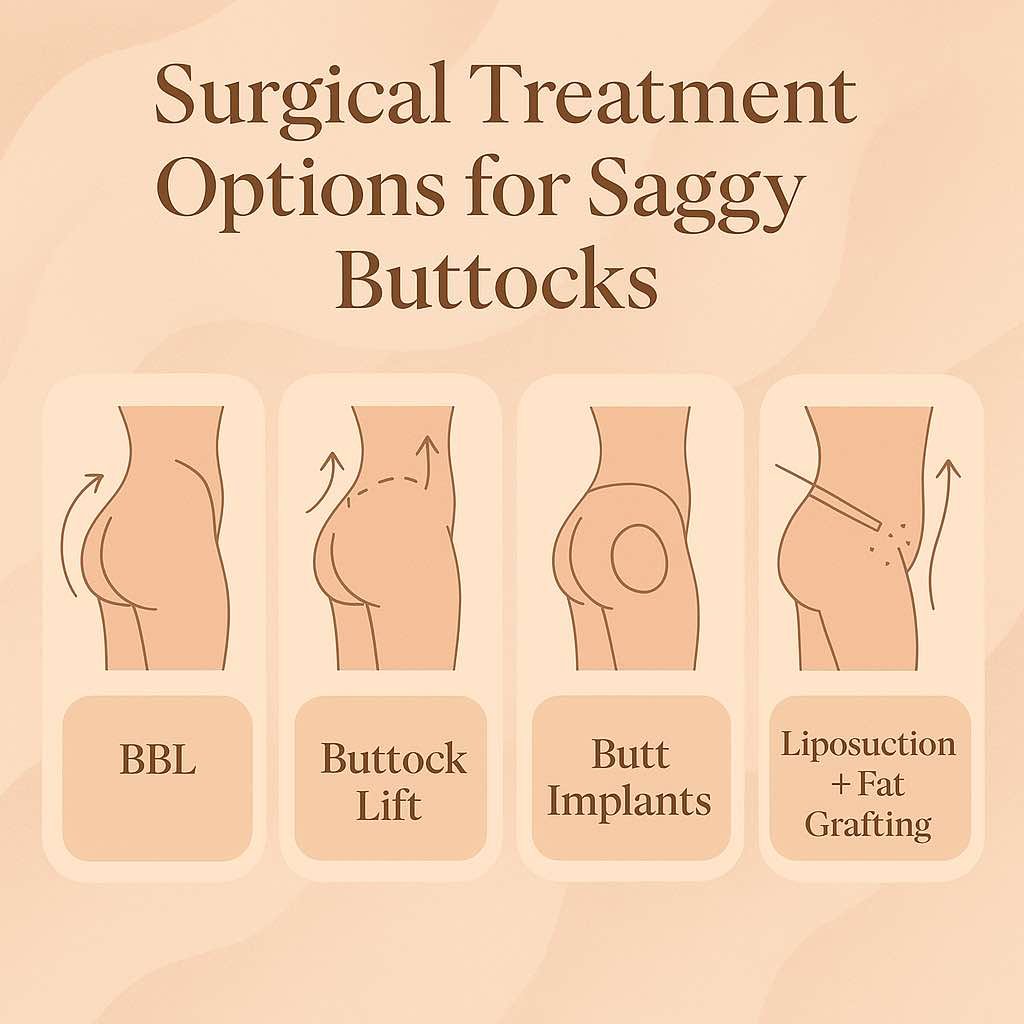Hip dips are natural indentations that appear between your hip bone and upper thigh. Despite social media narratives suggesting otherwise, these anatomical features result from bone structure and genetics rather than fitness deficiencies.
This guide explains what creates hip dips, why complete elimination remains impossible without surgery, and which evidence-based strategies can minimize their appearance. Beyond aesthetics, strengthening your hip region delivers meaningful functional benefits: enhanced mobility, better balance, and reduced injury risk during daily activities.
What Are Hip Dips and Is It Possible to Get Rid of Them?
Hip dips occur where your femur connects to your pelvis at the ilium, creating natural depressions along your body’s outer profile. These features appear across all body types and fitness levels, representing normal anatomical variation rather than conditions requiring medical intervention.
The term “violin hips” describes the same anatomical feature, highlighting how hip dips create an inward curve resembling a violin’s waisted middle section. Hip dips, medically termed trochanteric depressions, are normal anatomical features that occur in people of all genders due to the relationship between the greater trochanter of the femur and the hip bone structure.
What Creates Hip Dips?
Hip dips form at the junction between the greater trochanter of the femur and the iliac crest of the pelvis. This structural depression contains primarily connective tissue and tendons rather than muscle, explaining why targeted exercises cannot fill the natural gap.
Hip dips are naturally occurring in everyone who possesses this anatomical framework. Visibility varies based on individual bone proportions and surrounding soft tissue distribution.
Skeletal Structure
Pelvic width and shape determine the foundation. Hip bone positioning relative to the femur creates varying depths. The femoral head angle affects how sharply the bone angles downward.
Wider, higher-set hip bones typically produce more pronounced indentations. These inherited characteristics control bone configuration and remain constant throughout adulthood.
Body Composition
Lower body fat percentages reveal underlying bone structure. Subcutaneous fat around hips naturally fills indentations—higher body fat may reduce visibility by filling the space. Paradoxically, athletic individuals often have more defined hip dips.
Fat distribution also influences visibility, as some individuals naturally store less fat in this area.
Muscle Distribution
The gluteus medius sits directly over the hip dip area. Limited muscle mass in surrounding regions increases visibility. Building hip and glute muscles adds volume but cannot eliminate the feature, though functional strength benefits exceed aesthetic changes.
Age-Related Changes
Skin elasticity decreases naturally over time. Fat redistributes toward the lower buttocks region. Gradual muscle loss may enhance existing indentations.
Activity level shifts throughout life stages affect appearance.
Hip Dips vs. Other Body Features
Hip dips and love handles are entirely different features. Hip dips, also known as hip divots or violin hips, are structural indentations caused by bone anatomy, appearing as inward curves below the hip bone. Love handles consist of excess adipose tissue accumulating above the hip area along the waistline, forming outward bulges.
Love handles respond directly to diet and exercise changes because they’re primarily fat deposits. Weight loss significantly reduces their appearance, making them a lifestyle-related concern. Hip dips cannot be altered through non-surgical methods due to their skeletal origins.
Another distinct feature sometimes confused with hip dips involves excess fat accumulating in the lateral thigh and upper hip region, commonly termed saddlebags. Unlike hip dips, which stem from bone structure, this condition results from fat deposits that may respond to body contouring treatments targeting the outer thigh area.
Why Elimination Is Difficult without Surgery
While hip exercises may help build muscle around the area, you can’t “get rid of” hip dips completely without surgical intervention. The skeletal framework creating these indentations cannot be altered through non-surgical methods.
Exercise Limitations
Targeted movements like side-lying hip abductions and glute bridges create a more rounded appearance by building the gluteus medius and surrounding muscles. However, no amount of exercise can completely fill the natural anatomical space between your hip bone and thigh where the femur connects to the pelvis.
The trochanteric depression exists because of fundamental bone structure. Athletes and highly fit individuals often have more noticeable hip dips due to lower body fat percentages revealing underlying skeletal contours more prominently. This underscores that hip dips don’t indicate poor fitness or health.
Weight fluctuations may either reduce or enhance appearance depending on where fat is lost or gained, yet neither fundamentally alters the skeletal foundation.
What Exercise Can Achieve
Building muscle in the hip region while maintaining healthy body fat levels represents the most practical non-surgical approach. Results vary significantly between individuals based on starting muscle mass, individual response to strength training, natural fat storage patterns, bone structure prominence, and overall body composition goals.
Research indicates that weak hip muscles correlate with increased risk of anterior cruciate ligament injuries, patellofemoral pain, and falls in older adults. Strengthening routines offer functional benefits supporting everyday movement rather than dramatic aesthetic transformation.
Body Positivity Perspective
Social media and beauty standards have created unrealistic expectations about body shape. Many images use specific angles, lighting, or digital editing to minimize natural body contours. The growing normalization of cosmetic interventions has contributed to distorted perceptions of typical body proportions.
Healthcare providers emphasize that hip dips are completely normal, requiring no medical intervention and posing no health risks or cause for concern. The only potential functional consideration relates to range of motion during specific exercises, though this rarely presents issues for individuals without underlying conditions.
Individuals experiencing persistent distress about normal anatomical features may benefit from professional counseling. Body image concerns that significantly affect daily life or self-perception warrant discussion with mental health professionals who specialize in body-focused anxiety.
Evidence-Based Exercise Strategies to Target Hip Dips
Targeted exercises strengthening the glutes, hip abductors, and surrounding muscles can help minimize hip dip appearance by building muscle mass around the hip area. A combination of isolation movements, compound exercises, and mobility work creates the most effective approach.
Before starting any new exercise program, discuss your plans with your physician or physical therapist, particularly if you have previous hip or knee surgeries, joint problems, or orthopedic concerns. Consider working with a qualified fitness professional to ensure proper form and appropriate progression.
Isolation Exercises for Hip Muscles
Side-Lying Leg Raises
Side-lying hip abduction directly targets the gluteus medius, gluteus minimus, and hip abductors. Lie on your side and lift the top leg slowly while maintaining body alignment to isolate the outer hip muscles. This exercise addresses the crucial muscle directly over the hip dip area.
Fire Hydrants
Fire hydrants effectively activate the gluteus maximus and gluteus medius simultaneously. Position yourself on hands and knees, then lift one leg out to the side while maintaining a bent knee position. The movement challenges hip stability through multiple planes.
Clam Exercises
Clams strengthen hip stability by starting in a side-lying position with knees bent together. Lift the top knee toward the ceiling while keeping feet connected and pelvis stationary throughout the movement. This exercise improves gluteus medius activation patterns.
Lateral Band Walks
Using resistance bands around ankles or above knees provides constant tension on hip abductors. Take controlled lateral steps while maintaining proper posture and band tension. This functional movement pattern strengthens muscles used during walking and daily activities.
Compound Lower Body Movements: Lunges and More
Squats
Squats form the foundation of effective hip strengthening by engaging the gluteus maximus, quadriceps, and hip stabilizers. Standard squat performance serves as a reliable indicator of hip health and functional mobility. Maintaining this fundamental movement pattern throughout life supports independence and reduces injury risk.
Individuals experiencing knee discomfort can perform partial squats, lowering only until thighs reach parallel rather than full depth.
Lunges
Standard lunges in multiple directions challenge the glutes and hips through various planes of motion. Forward, reverse, and side lunges variations ensure comprehensive muscle development around the hip area. Each variation emphasizes different aspects of hip muscle function.
Side Curtsy Lunges
Side curtsy lunges specifically target the outer glutes and hip abductors through their diagonal movement pattern. This exercise combines lateral movement benefits with traditional lunge strength-building aspects.
Glute Bridges
Glute bridges isolate the gluteus maximus while being accessible to all fitness levels. Lie flat with both feet grounded, then engage the glutes to lift hips toward the ceiling while avoiding excessive lower back arching, creating a straight line from shoulders through knees. Advanced practitioners can add resistance bands around knees or use single-leg variations to increase difficulty.
Lifestyle Strategies for Results
Success in reducing hip dip appearance extends beyond targeted exercises to encompass comprehensive lifestyle modifications. Proper nutrition supports muscle development, while posture corrections and consistent movement patterns enhance overall body alignment.
Nutrition for Muscle Development
A balanced diet provides the foundation for muscle development around the hip area. Adequate protein intake supports tissue repair and growth, while strategic nutrient timing optimizes workout recovery.
Protein Requirements
For muscle development, consume 1.6–2.2 grams of protein per kilogram of body weight daily (approximately 0.7–1 gram per pound). Lean sources include chicken breast, fish, eggs, and plant-based options like lentils and quinoa. Diversifying protein sources ensures complete amino acid profiles necessary for muscle repair.
Dairy products like Greek yogurt and cottage cheese provide convenient high-protein options between meals. Nuts and seeds, including walnuts and pumpkin seeds, offer protein alongside healthy fats that support hormone production. Fatty fish such as salmon and tuna deliver protein plus omega-3 fatty acids that reduce inflammation and aid recovery.
Macronutrient Distribution
- Protein: 25–30% of daily calories
- Carbohydrates: 40–45% of daily calories
- Fats: 25–30% of daily calories
Strategic Nutrition Timing
Timing protein consumption within 30–60 minutes post-workout maximizes muscle protein synthesis. Complex carbohydrates fuel workouts and support glycogen replenishment. Sweet potatoes, brown rice, and oats provide sustained energy without blood sugar spikes.
Healthy fats play a crucial role in hormone production and muscle recovery. Sources include avocados, olive oil, nuts, and fatty fish like salmon. Hydration requirements increase during active periods.
Consume at least 64 ounces of water daily, plus an additional 16–20 ounces per hour of exercise.
Sustainable dietary approaches prioritize high-protein intake combined with fiber-rich whole foods while limiting heavily processed options and added sugars.
Posture & Movement
Poor posture can accentuate hip dips by creating muscular imbalances and altering natural body alignment. Corrective positioning throughout daily activities supports exercise efforts and promotes optimal muscle engagement.
Workplace Ergonomics
Prolonged sitting weakens glute muscles and tightens hip flexors. Stand every 30–45 minutes to activate dormant muscle groups and prevent adaptive shortening. Adjusting chair height and monitor position prevents forward head posture and rounded shoulders.
Key Posture Corrections
- Shoulders pulled back and down
- Pelvis in neutral position
- Weight distributed evenly on both feet
- Core muscles gently engaged
Functional Movement Patterns
Walking with proper hip engagement activates the gluteus medius muscle. Focus on pushing off from the back foot rather than pulling forward with the front leg. Stair climbing provides natural glute activation throughout daily routines.
Taking stairs two at a time further engages hip stabilizing muscles. Sleep position affects hip alignment and muscle recovery. Side sleeping with a pillow between knees maintains neutral spine position and reduces hip stress.
Strategic Clothing Choices
Strategic clothing choices can reduce the appearance of hip dips while building confidence during fitness journeys. Garments that emphasize areas you feel positive about naturally draw attention away from hip contours.
Form-fitting athletic wear with compression panels or textured fabrics around the hip area can create visual smoothness. Avoid extremely tight leggings if they heighten self-consciousness. High-waisted bottoms with ruching or gathering along the sides provide additional coverage and dimension.
The goal involves selecting pieces that make you feel comfortable and confident rather than hiding natural anatomy.
Hip Dip Treatment Options
For those seeking more dramatic results, professional treatments range from non-surgical fillers to surgical interventions. Understanding the limitations and benefits of each approach enables informed decision-making aligned with personal goals, anatomy, and lifestyle requirements.
Non-Surgical Fillers: Sculptra
Sculptra contains poly-L-lactic acid, which stimulates gradual collagen production over several months. This treatment requires multiple sessions and produces incremental volume increases in the hip area.
The material triggers the body’s natural collagen production response. Results develop slowly as new collagen forms around the injection sites. Most patients need three to four treatment sessions spaced weeks apart.
Beyond immediate volume enhancement, the biostimulatory properties trigger ongoing collagen synthesis, meaning improvements continue developing in the months following initial treatment.
Treatment Considerations
- Results typically last approximately 2 years, with some studies showing durability up to 2–3 years
- Multiple sessions required for optimal results
- Gradual improvement developing over months
- Limited volume correction possible per session
- Higher cost per unit of volume compared to surgery
Sculptra works best for mild hip dips where minimal volume addition is needed. Deeper indentations typically require more filler than is safely advisable. The treatment cannot match the volume enhancement achieved through fat transfer procedures.
Some practitioners also utilize hyaluronic acid-based fillers as an alternative injectable approach, though these typically require more frequent maintenance than collagen-stimulating options.
Surgical Solutions
Plastic surgery offers three primary approaches to address hip dips: fat transfer, injectable fillers, and silicone implants. The success of any body contouring procedure depends heavily on selecting an experienced, board-certified plastic surgeon.
Fat Transfer (Fat Grafting)
Fat transfer represents the most popular surgical option for hip dip correction. This body contouring procedure, also called liposculpting, involves harvesting fat through liposuction from areas like the abdomen or thighs. The plastic surgeon processes and injects the fat into the hip dip areas to create smoother contours.
The technique specifically addresses the trochanter region where skin attaches more tightly to the deeper thigh bone structure. Fat transfer allows for natural-looking results since the material comes from the patient’s own body, creating natural-feeling contours that blend seamlessly with existing body shape.
Recovery requires 4–5 days of initial downtime plus two weeks before resuming normal activities. Most patients find the recovery manageable, with discomfort controlled through prescribed medication. Approximately 30–70% of transferred fat typically remains permanent, while the remainder is naturally absorbed by the body during the first several months.
Individual fat retention rates vary considerably, with some patients experiencing survival rates between 20–80% depending on surgical technique, injection method, and individual healing characteristics.
Costs typically range from $5,000–$12,000 depending on the extent of liposuction required, surgeon experience, and geographic location. While rare, the most serious complication involves fat entering blood vessels during injection, potentially traveling to vital organs. This risk underscores the critical importance of selecting experienced, board-certified surgeons who employ proper injection techniques and anatomical knowledge.
Combined Approaches: BBL
Combining multiple treatment modalities often produces superior results compared to single interventions. Patients with pronounced upper hip fullness may benefit from integrating fat reduction techniques with volume enhancement procedures, creating more harmonious overall contours through comprehensive body contouring strategies.
The Brazilian butt lift (BBL) procedure targets hip dips through a dual-phase approach that maximizes body contouring results. Surgeons first perform liposuction on areas such as the abdomen, thighs, and back to harvest fat. This harvested fat undergoes careful processing and purification before strategic injection into hip dip areas and the buttocks simultaneously, addressing hip dip depressions, buttock volume and projection, waist-to-hip ratio enhancement, and overall silhouette smoothing.
Silicone Hip Implants
Silicone hip implants offer permanent volume enhancement using semisolid silicone devices similar to breast implants. This surgical procedure requires general anesthesia and approximately one week of recovery time. Costs range from $8,000–$10,000, with risks including infection, implant movement, and potential future removal needs.
Hip implants created from medical-grade silicone provide permanent structural enhancement compared to temporary filler options. However, implant results may appear less natural than fat grafting procedures since synthetic materials behave differently than autologous tissue. The decision between implants and fat transfer depends on individual anatomy, available donor fat, and aesthetic preferences.
Choosing Professional Treatment
Individuals considering cosmetic interventions should prioritize working with extensively trained surgeons who provide comprehensive before-and-after documentation. Understanding procedural risks becomes especially critical given the hip region’s central role in body mechanics and daily movement.
Dr. Bart Kachniarz (Dr. K Miami), trained at Harvard Medical School and Johns Hopkins Hospital, specializes in body contouring procedures including hip dip correction with advanced fat grafting techniques. During your consultation at Dr. K Miami, both surgical and non-surgical options can be discussed to determine the best approach for your goals.
Comprehensive consultations allow surgeons to recommend the most appropriate technique based on bone structure, tissue characteristics, and desired outcomes. Thorough research enables informed decision-making aligned with personal goals, anatomy, and lifestyle requirements.
Making Informed Decisions About Getting Rid of Hip Dips
Hip dips are normal anatomical features determined by bone structure, genetics, and body composition. While complete elimination remains impossible without surgical intervention, targeted strength training can build surrounding muscle mass to create a more rounded silhouette and deliver meaningful functional benefits.
Strengthening the hip region enhances mobility, improves balance, reduces injury risk, and supports independence throughout life. These functional rewards extend well beyond aesthetic considerations, creating lasting value for overall health and movement quality.
For those seeking professional intervention, options range from collagen-stimulating fillers to advanced surgical techniques. The right approach depends on individual anatomy, aesthetic goals, and personal preferences regarding recovery time and permanence of results.
Whether you’re exploring exercise options or considering advanced body contouring solutions, understanding the anatomical reality of hip dips enables realistic expectations and informed decision-making. Prioritizing overall hip health and functional strength provides benefits that support quality of life regardless of aesthetic choices.
Schedule Your Personalized Hip Dip Consultation
Transform your confidence with Miami’s g boutique plastic surgery experience. Dr. K Miami recognizes that addressing hip dips is a personal choice—whether through exercise, non-surgical options, or surgical solutions, the right approach depends on your individual goals and anatomy.
source https://drkmiamiplasticsurgery.com/how-to-get-rid-of-hip-dips



